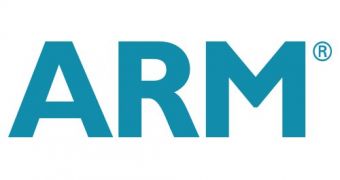Now that Windows is no longer the only operating system featured in netbooks, with Android and Linux steadily gaining ground, the time may have finally come for the ARM architecture to seriously consider making a foray into this market segment. ARM has been meaning to do so for quite a while now, but there has been little word on what effort, if any, is being put into this endeavor. The time of silence may have finally come to a close, however, now that a certain roadmap document from Samsung has been exposed.
Back in January, Marvell Technology Group Ltd. announced that it had created the world's first quad-core ARM central processing unit. However, the company did not elaborate and, predictably, did not mention when this chip would start being mass-produced. Now, it is revealed that Marvell is not the only company interested in this kind of processors. In fact, reports indicate that, according to a Samsung roadmap document (known as samsungapforcomputing.pdf), multiple chips, ranging from single-cores to quad-cores, will be made available by 2013.
On the premise that Samsung-plus-Chrome Ubuntu platforms will eventually replace Intel-plus-Microsoft Windows platforms, Samsung will take the 1-GHz Cortex-A8 core and use it to create a number of ARM chips, such as the single-core, 800-MHz Cortex-A9 dual-core processor known as Orion (slated for launch in Q3 2010 and availability in 1Q11). This chip will be followed by the Mercury (600MHz A5 set to launch around the same time) and the Pegasus (1-GHz Cortex-A9 single-core), set to start sampling in the second quarter of 2011 and to be mass-produced in Q4 2011.
The roadmap document also revealed some of Samsung's long-term plans. A 1GHz dual-core Cortex A9 known as Hercules will start sampling in next year's third quarter and will be made available at the start of 2012. Secondly, the 600MHz Cortex-A5 Venus and 1.2Ghz Draco, also dual-core CPUs, will debut in 2012/2013. Finally, the quad-core Aquila (based on the Cortex A9), also clocked at 1.2GHz, will arrive most likely in late 2012 or in 2013.
While some of the slower chips will be used in smartphones and other electronics, the more capable, especially the Aquila, are expected to be employed in netbooks, where they will be paired with either the PowerVR series of graphics cores, from graphics core licensor Imagination Technologies Group plc, or the Mali architecture from ARM.

 14 DAY TRIAL //
14 DAY TRIAL //